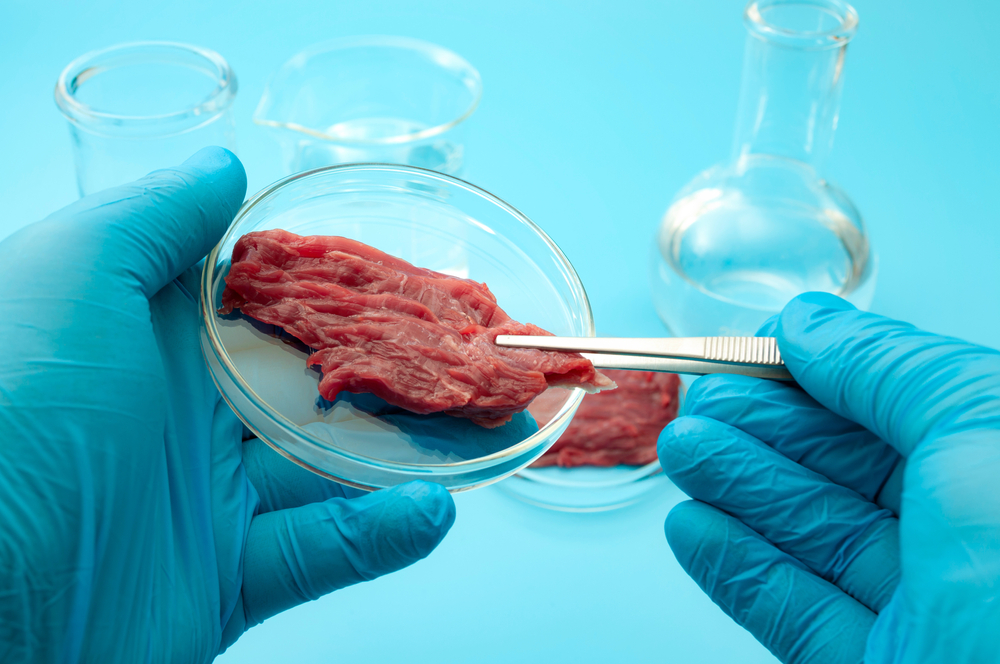The global food system is transforming in response to climate change, population growth, and resource scarcity. As the demand for sustainable solutions grows, various innovative dietary trends are emerging that may soon become mainstream. Here are eleven of these future foods and dietary trends:
- Lab-Grown Meat:
Cultivated without the need to raise and slaughter animals, lab-grown or cultured meat has the potential to drastically reduce the environmental impact of livestock farming.
- Edible Insects:
Already a staple in many cultures, insects like crickets, mealworms, and grasshoppers offer a protein-rich food source that requires fewer resources than traditional livestock.
- Algae-Based Foods:
Algae, especially species like spirulina and chlorella, are nutrient-dense and can be produced with minimal land, water, and energy.
- Aquaponics and Hydroponics:
These soil-less farming systems integrate fish farming with plant cultivation, conserving water and creating self-sustaining ecosystems.
- Plant-Based Meat Alternatives:
Brands like Beyond Meat and Impossible Foods have developed plant-based products that closely mimic the taste and texture of meat, catering to a growing vegetarian and flexitarian population.
- Fermented Foods:
From kombucha to tempeh, fermented foods offer a range of health benefits and can be produced sustainably.
- Regenerative Agriculture:
This farming practice prioritizes soil health, biodiversity, and ecosystem restoration. Foods sourced from regenerative systems can have a lower carbon footprint.
- Ugly Produce Consumption:
Embracing imperfect or “ugly” fruits and vegetables can reduce food waste, as these items are often discarded due to cosmetic imperfections.
- Seaweed and Marine Plants:
As an alternative to land-based crops, marine plants such as kelp and nori are sustainable sources of nutrients and can be cultivated without fresh water.
- Mushroom-Based Materials:
While not a “food” in the traditional sense, fungi are being used to create sustainable packaging and even leather-like products, signaling a shift in how we might think of edible materials.
- Food Waste Upcycling:
Brands are innovating ways to transform food byproducts and waste into edible products, from vegetable pulp chips to “rescued” ingredient snack bars.
While not all these trends will resonate with everyone, they highlight a collective movement towards sustainable consumption. As technology advances and tastes evolve, these future foods might just find their way onto our plates sooner than we think.


